2023 Alexia Grant Recipients and Finalists
The Alexia supports student and professional visual communicators who produce projects that inspire change by addressing socially significant topics.
ANNOUNCING THE ALEXIA 2023 GRANT WINNERS
James Year, based in New York, is the 2023 recipient of The Alexia professional grant in support of his project “Stealing Fire: The Collision of Trucking and Automation.” The 2023 student grant recipient is Md. Zobayer Hossain Joati of Counter Foto — A Center for Visual Arts, in Dhaka, Bangladesh, in support of his project “We Live to Fight.”
This year’s submissions came from 54 nations and all corners of the world. The student and professional grant recipients and finalists were selected after careful review by jurors Gail Fletcher of The Guardian, Nicole Werbeck of NPR, and David Gonzalez of The New York Times. We are grateful for their dedication and time as they reviewed every application, eventually narrowing down hundreds of submissions to 49 student and 61 professional proposals to move to the live judging. Whitney C. Johnson, VP for visuals and immersive experiences at National Geographic, moderated the judging process. After much discussion, the jury selected a winner, a runner-up and finalists in both the professional and student categories.
The Alexia would like to thank SONY and VISURA for all the ways they have supported The Alexia and our industry this year. Thank you. We are truly grateful.
To all of you who applied this year, please know that we value you and the work you do in pursuit of telling important stories. Thank you for participating in The Alexia 2023 grants, and we encourage you to apply again next year.
PROFESSIONAL
Professional grant recipient: James Year
“Stealing Fire: The Collision of Trucking and Automation”
This project focuses on an A.I.-driven arms race between the trucking industry and some of America’s most powerful companies as a result of the development of self-driving trucks. Automation of the industry will come at a high cost to the environment and an immensely proud, diversifying workforce who have their own heroes, traditions, songs, folklore and language. The forecasted loss of this profession is an ominous prelude to a future that will likely not create equitable new roles for the communities that A.I. will displace, in the trucking industry and beyond.
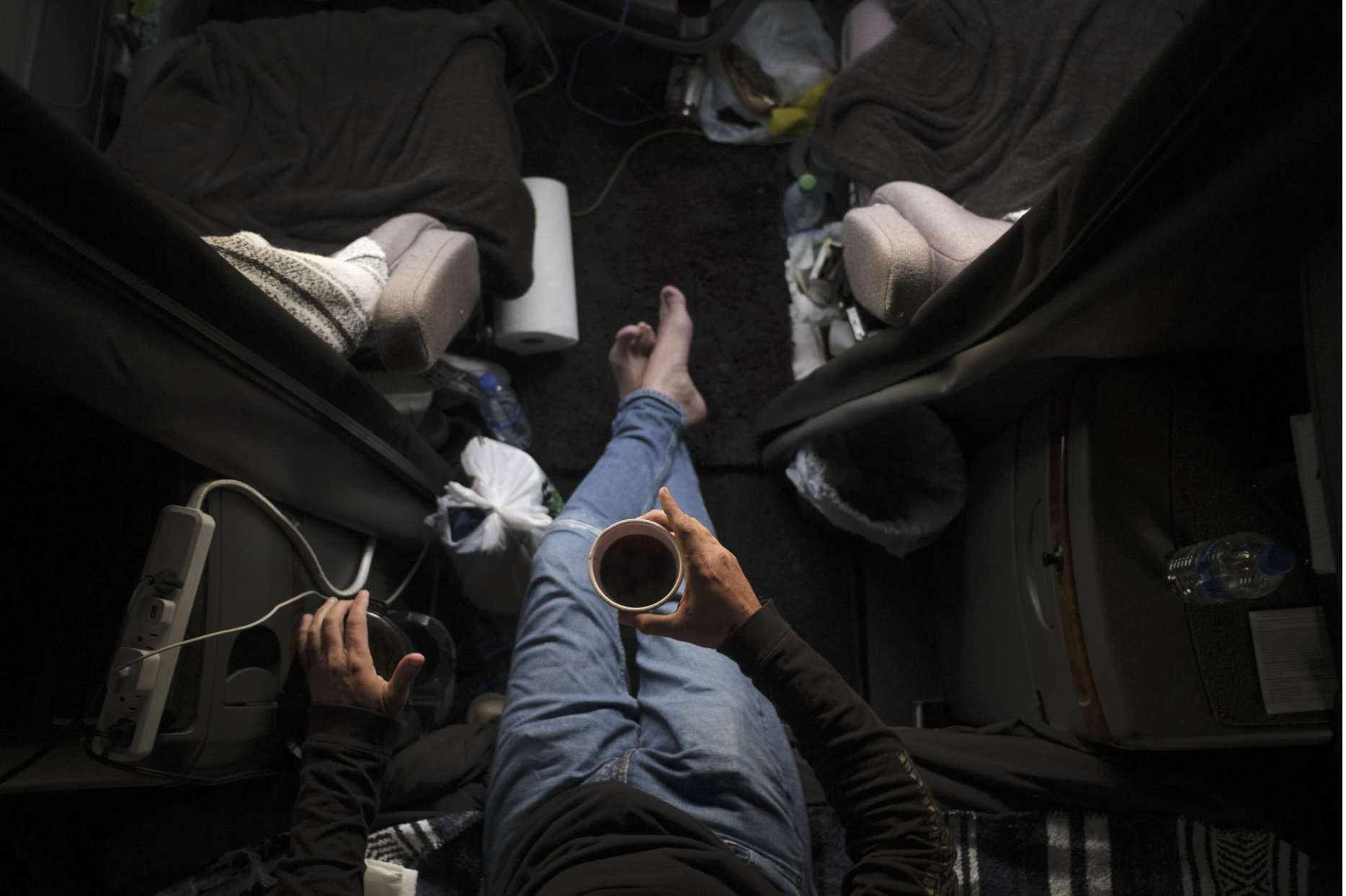
James, what does winning the Alexia mean to you? This grant undoubtedly presents some large shoes to fill. To be honest, I’m still at a loss for words about what all this means. I am still processing it. Having the support of the Alexia Foundation will be a godsend and make it possible to take this project past the finish line. Before the award, I had put everything I had into this work and was up against a wall financially. Now, within the broader context of A.I.-driven automation, I’ll be able to effectively cover the communities that are at the highest risk of labor displacement and show how these expected trends relate to everyone.
In a lot of cases, instead of being a benefit, technological changes have come at the expense of truckers. There is a lot to learn from that experience. I hope this project will help bridge polarized communities and facilitate meaningful conversations regarding the social, political and economic consequences of A.I. We’re all going to have to come together to find a future that we can agree to live with. Based on the projections, it seems like a lot of us will be in that very same driver’s seat in the coming years.
What did you think when you heard you’d won? The terms overwhelmed, honored and grateful would be massive understatements. Again, I can’t put it into words. It was a lot to take in emotionally, especially since I was there in person for the judging. I’ll be making every effort to live up to The Alexia’s ideals, while also doing justice to the workers and communities covered in this story.
What do you hope to do with your prize? The funds are going to be used for things like gas, food, lodging, AA batteries, $15 truck-stop showers and miscellaneous travel expenses, with some set aside for printing costs for the hard-copy component of the project. I’m developing a game plan now for how to stretch this gift to the greatest extent possible and make the maximum amount of impact from the work. I’ll be a nomad for the summer, if not longer.
Runner-up: Tomas Ayuso
“Palestinians of Latin America”
This project will explore the interlinked stories of the Palestinian diaspora in Latin America, the syncretism forged by displaced people assimilated into asylum-giving countries, and the living bonds tethering families still in Palestinian territories.
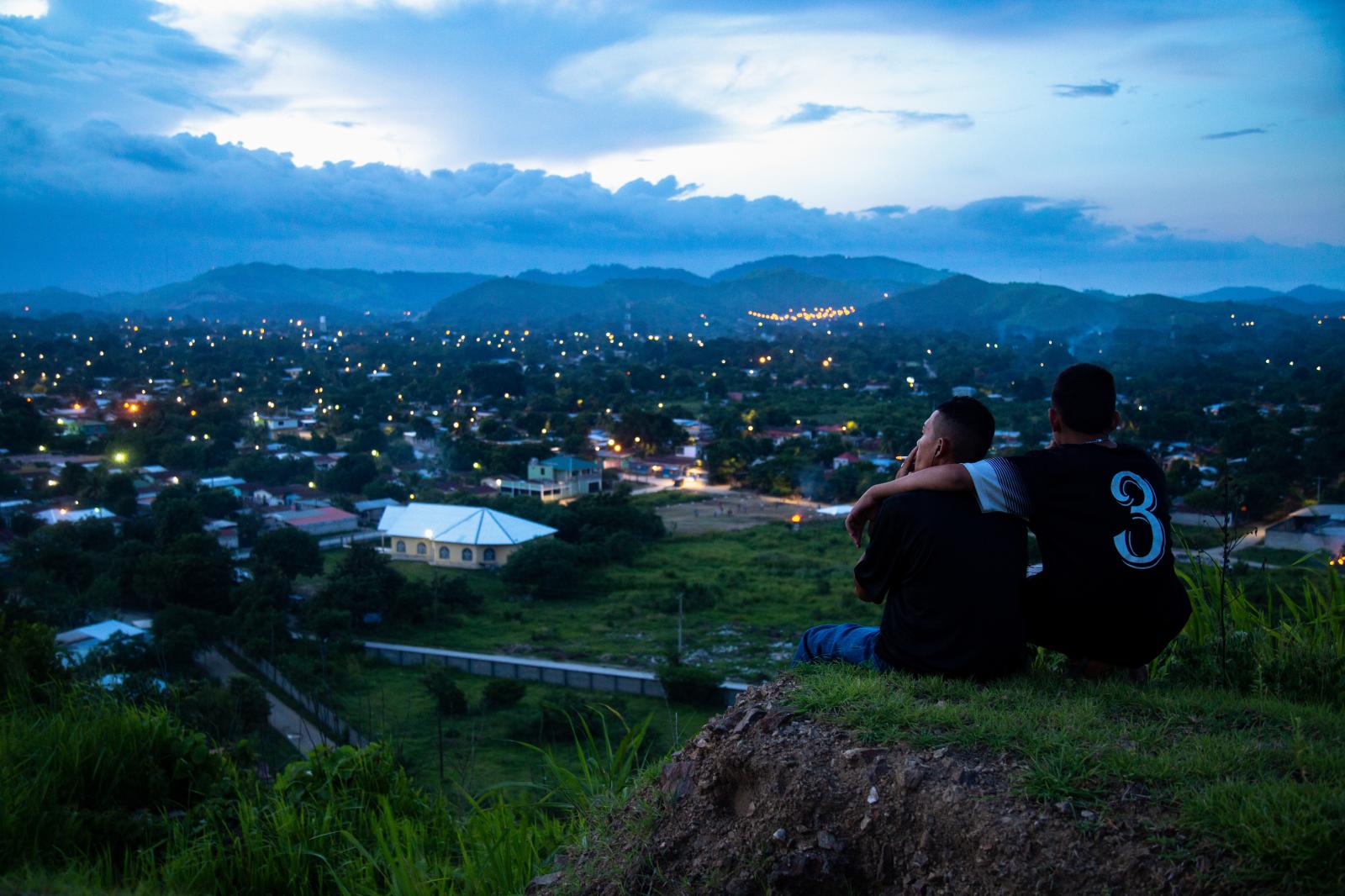
Finalists
Greta Rico, “Substitute Mother”
Addressing discrimination against women in disadvantaged situations and the rights of children, this project focuses on the aftermath of substitute mothers and orphaned children due to femicide in Mexico.
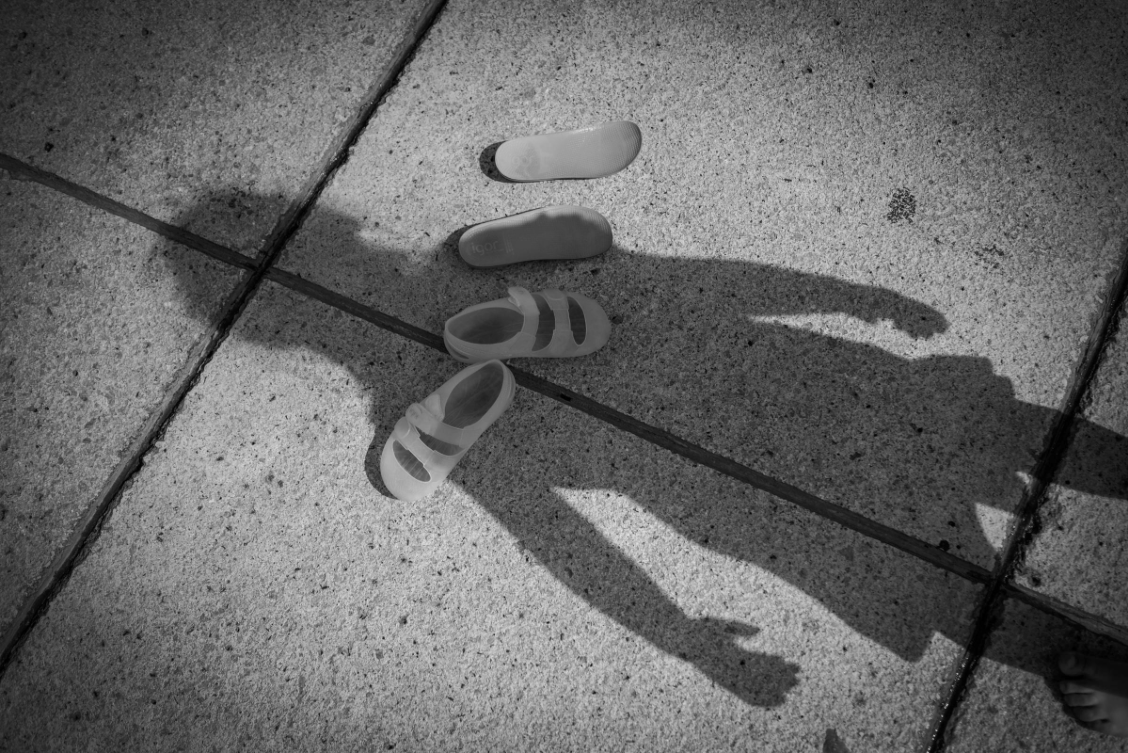
Dieu-Nalio Chery, “The Haitian Diaspora: Fighting Stereotypes and Struggling to Maintain Culture in the U.S.
Because of dictatorships, violence and economic opportunity, hundreds of thousands of Haitians have fled their homeland for the U.S. since the 1950s. This project investigates and documents the Haitian diaspora in the U.S. and, through photography, interviews and historical images, it examines how they have maintained a distinct cultural identity through three generations.
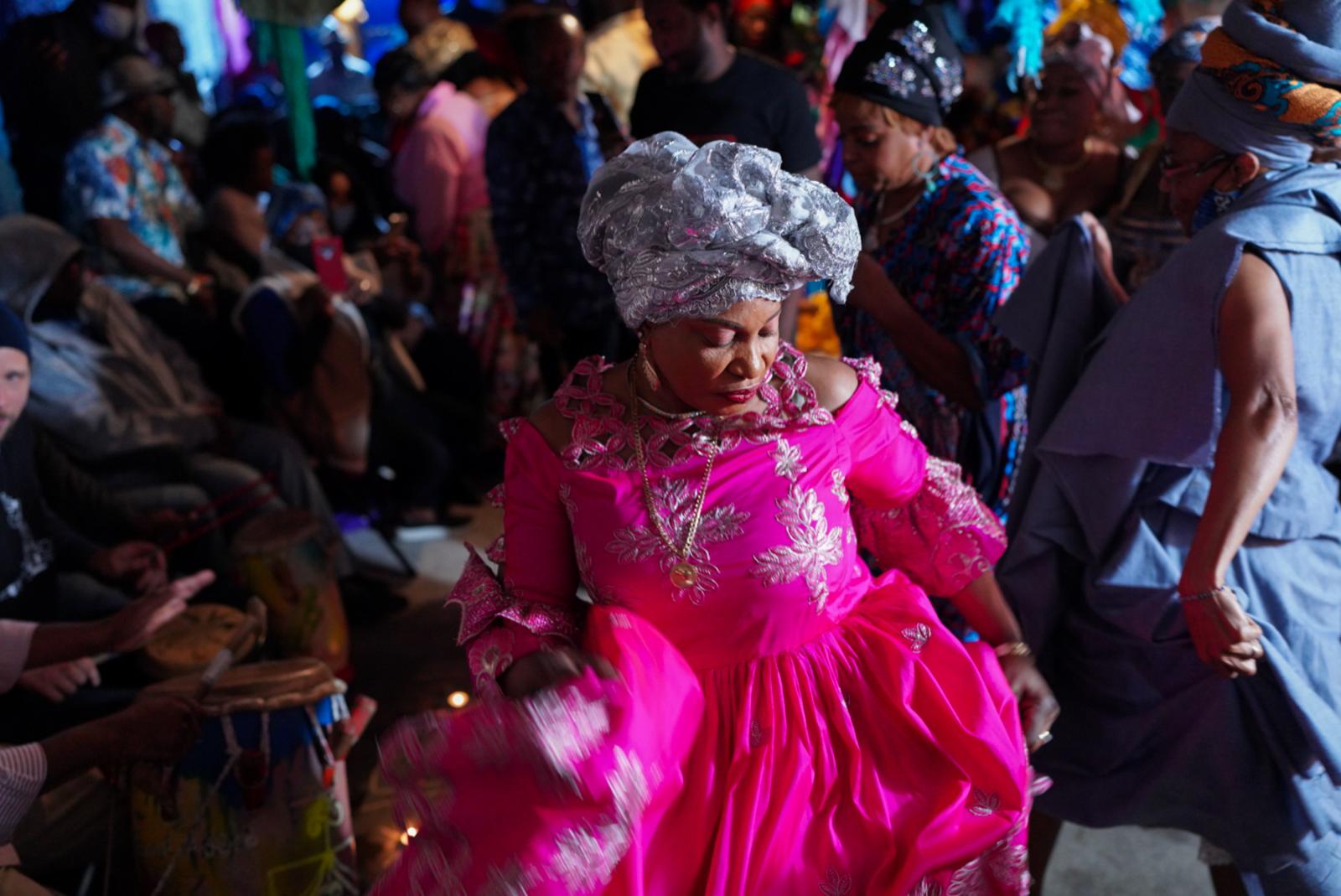
Nicola Zolin, “A Cry of Life in Gaza”
About 75% of Gaza’s population is under the age of 25, young people born in a strip cut out of the world, dependent on Israel, and denied the freedom of movement. The traumas of war they have suffered and the impossibility of imagining a brighter future pushes people from their homeland or, if they find no way of personal expression, into depression. This story is about those youth who continue to fuel their passions every day and whose hopes are still unbroken.
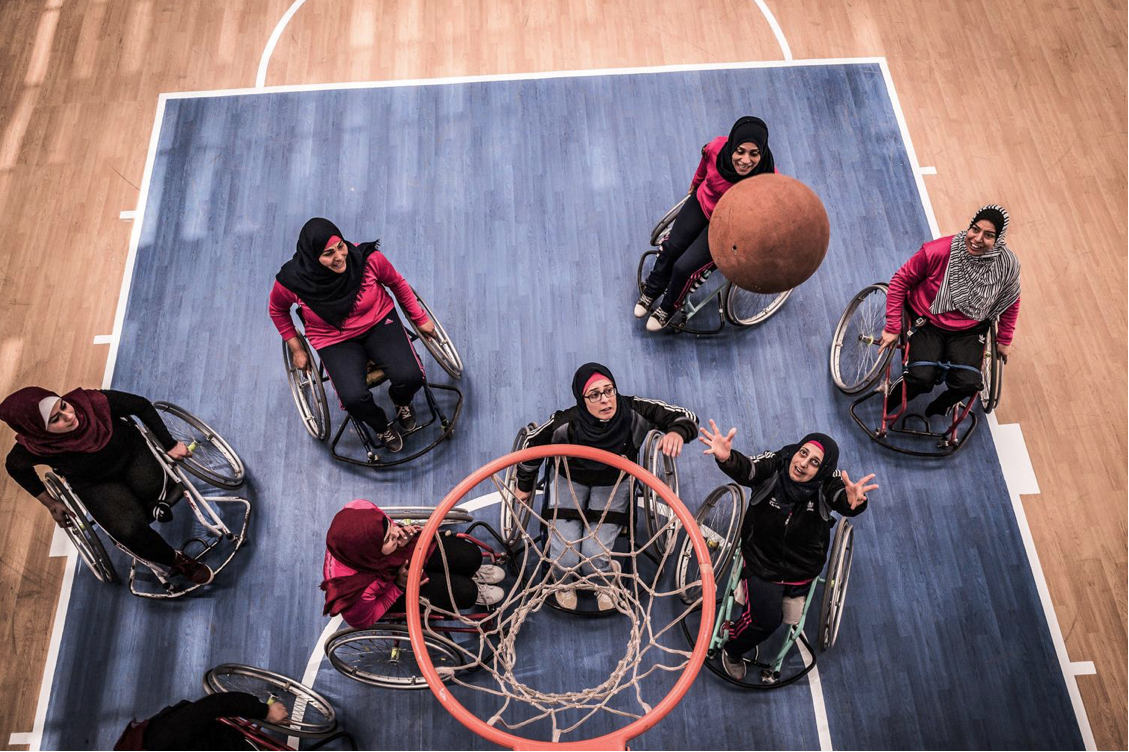
Gili Benita, “By the Time You Grow Up, You Won’t Have to Serve Anymore”
This portrait series accompanied by audio interviews explores and showcases the growing movement of Israelis who object to the mandatory draft for political and pacifist reasons as well as former soldiers who left the military for mental health issues.
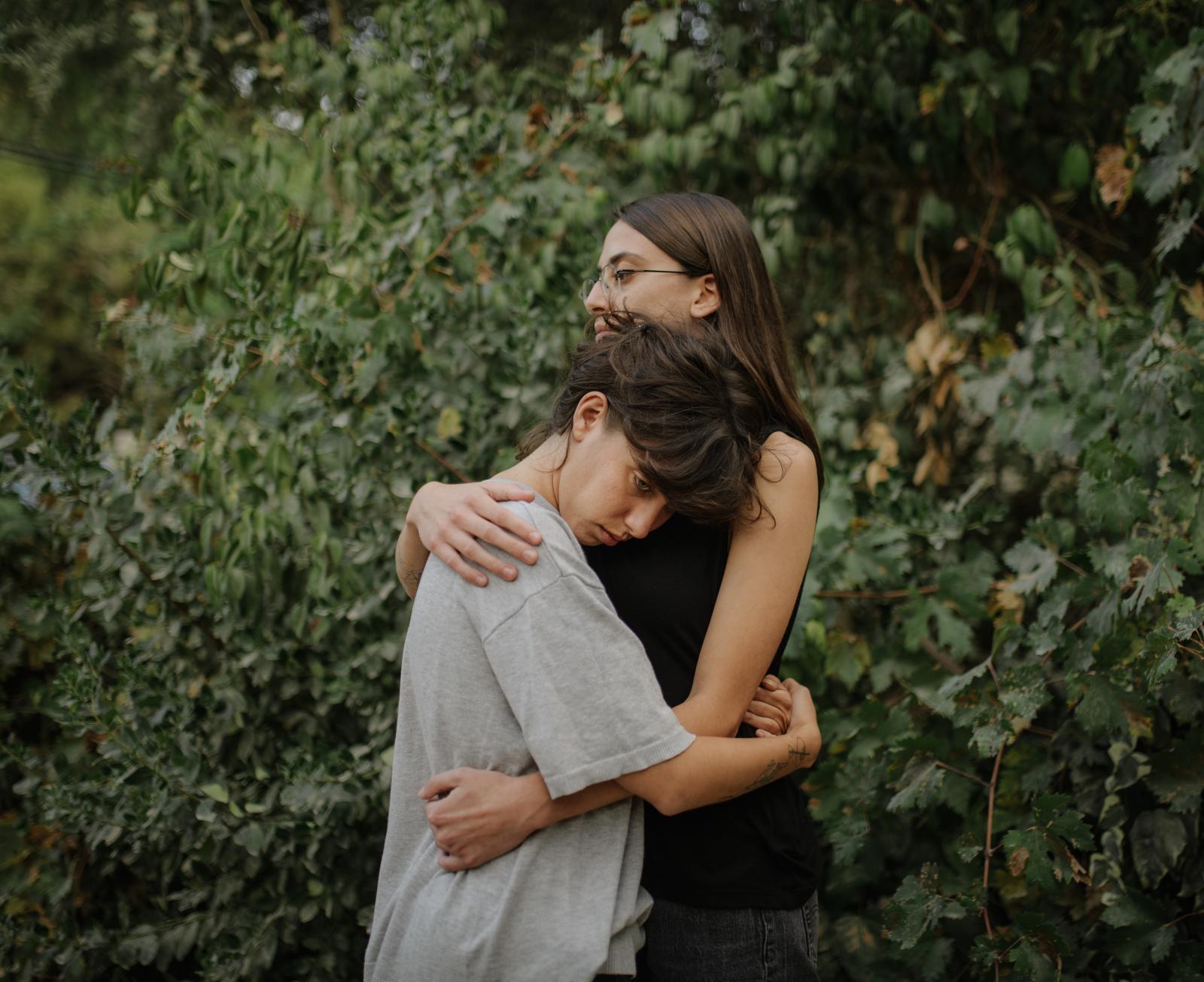
STUDENT
Student grant recipient: Md. Zobayer Hossain Joati
“We Live to Fight”
(Counter Foto — A Center for Visual Arts, Bangladesh)
This project explores the underlying cultures, history, politics, lifestyles, emotions, and untold stories of martial arts communities in Bangladesh and in doing so, hopes to unveil national issues, such as the gender violence used against women and girls, the lack of funding for sports and the struggle of low-income communities.

Joati, what does winning The Alexia mean to you? The Alexia is one of the most prestigious grant platforms in the world, and winning The Alexia student grant is an honor for me. Winning The Alexia is an important opportunity for photographers around the world to be recognized globally and get support for the continuation of their projects that matter. Also, as a photography student, it will help much to grow my career in the global photography industry and community.
What did you think when you heard you’d won? When I heard about winning the student grant, I felt so proud of myself. It gave me more confidence as a photographer and in my work. I felt grateful to my teachers from whom I have been learning through these years. I also felt very happy for the protagonists of my project, whose stories I have featured in the work. I am grateful to the judges, who acknowledged the importance of my photo story and considered it the winner.
What do you hope to do with your prize? I will spend the grant money on the development of my project. … I think it is an important story that matters and deserves to be acknowledged globally. I will try to develop my project to the point that I can make a book out of it. I am also grateful to SONY for providing me with a professional camera setup to produce more quality work.
Are there any professors you would like to thank who helped you with the project? If so, who are they and how did they help you? I would like to mention two names. This independent project of mine started two years ago and was not a class project. But Ahmed Rasel, a faculty member of Counter Foto — A Center for Visual Arts [in Dhaka, Bangladesh], voluntarily mentored me and gave me some valuable advice from time to time to help continue this project. I would also like to mention Saiful Huq Omi, founder and principal of Counter Foto, who gave me suggestions on the editing process.
Runner-up: Vincent Alban
“Absence and Presence”
(Rochester Institute of Technology, New York)
This project is a series of single-character stories about individual community members fighting against the record rate of gun violence in Rochester, New York. The project will explore different aspects of this complicated story — the violence itself, people impacted by the shootings and the root causes of this issue — and will focus on grass-roots efforts in order to paint a more comprehensive picture of what the community of Rochester is doing to bounce back.
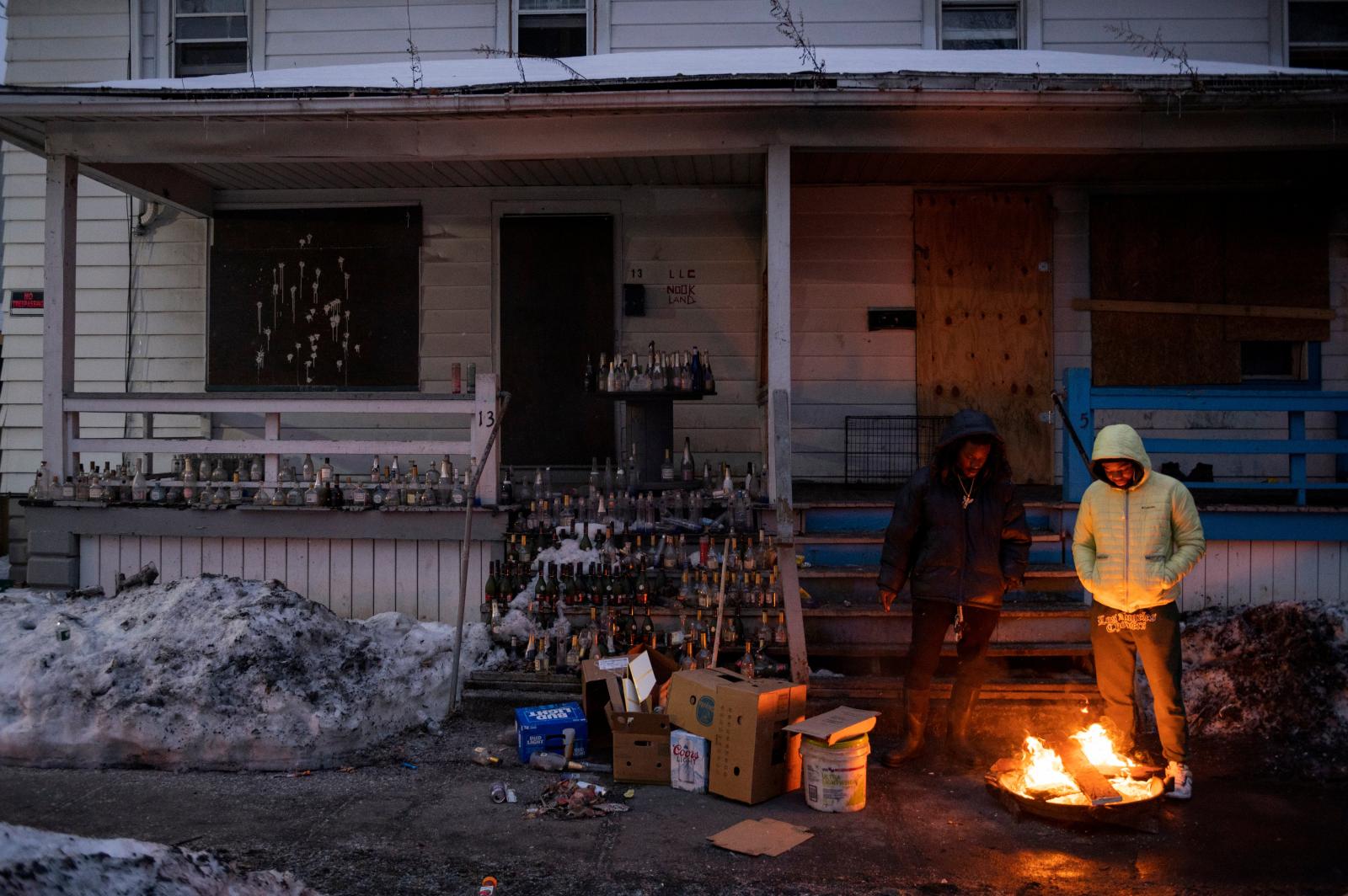
Are there any professors you would like to thank who helped you with the project? I would love to highlight Jenn Poggi, my professor. From the very beginning, she has been my mentor throughout this body of work. To do a project on an overarching theme can be intimidating and overwhelming, but she always keeps me on track. I would also like to thank all the people who have let me photograph them, as this project would simply not exist without them.
Finalists
Jordi Jon Pardo, “Almanzora’s Dust”
(Blanquerna Universitat Ramon Llul, Spain)
Through football, this project highlights the resilience of the Senegalese community in southern Spain, showing their commitment to making a living in a foreign land and in the unique environment of the biggest greenhouse complex in the world, where seven out of 10 workers are migrants. The story also serves as a reminder of the importance of sports in creating bonds between people and of its power to bring humans together.
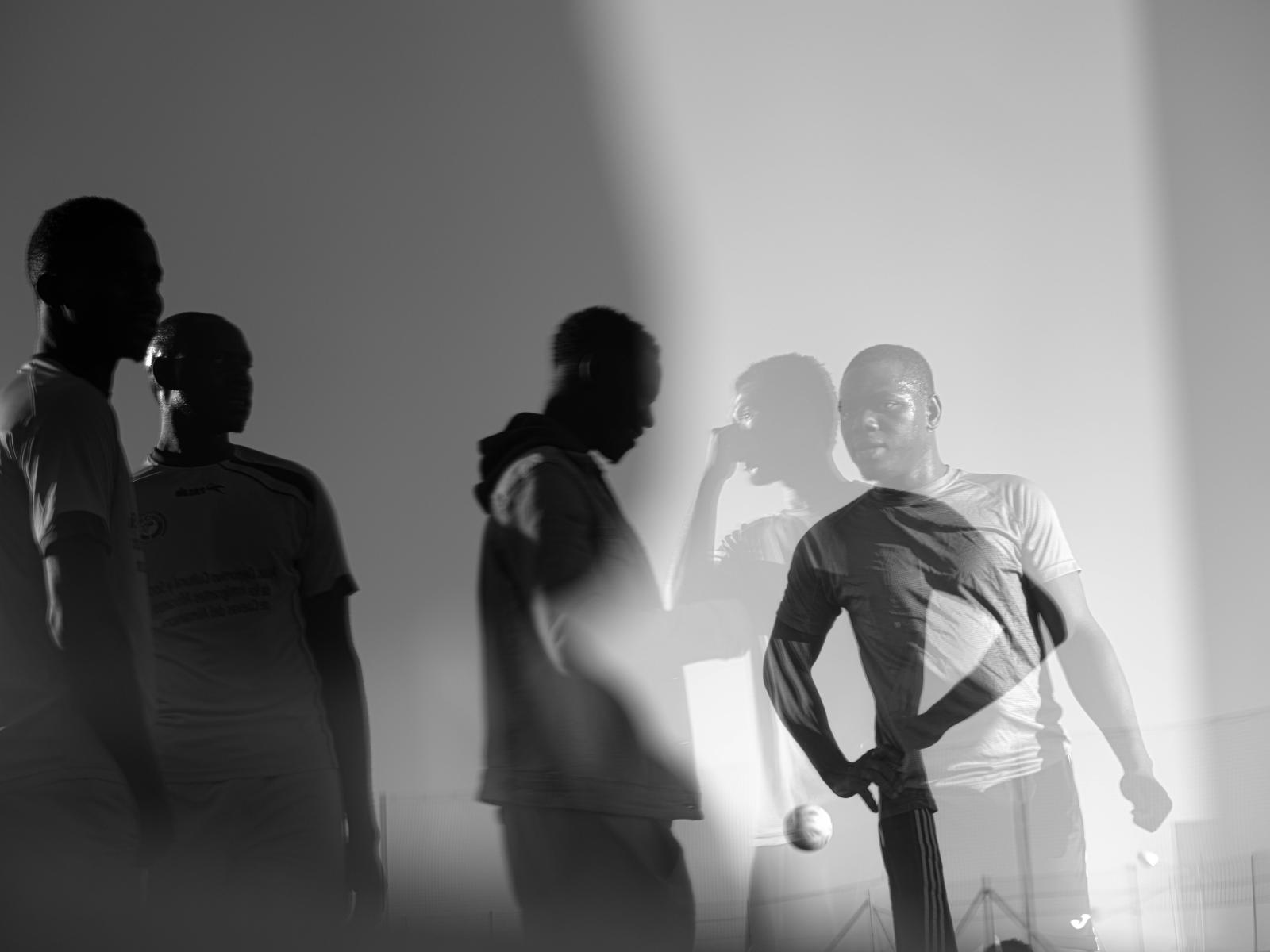
Are there any professors you would like to thank who helped you with the project? I would like to express my gratitude to National Geographic’s Spain editor, Martín Álvarez, who is providing me with guidance and support throughout the development of the story.
Angelina Katsanis, “Stripped of Womanhood”
(UNC Chapel Hill, North Carolina)
Mohagany Foster, a Black transgender woman, has spent the past decade of her life in a men’s prison facility in Wilmington, N.C. She was released on November 8, 2022, and is now working to reacquaint herself with her femininity and restart her life from scratch in Durham. This project will examine Mohagany’s and other Black transgender inmates’ journeys back into femininity and post-prison life after years of abuse, highlighting America’s lack of resources for transgender ex-convicts.
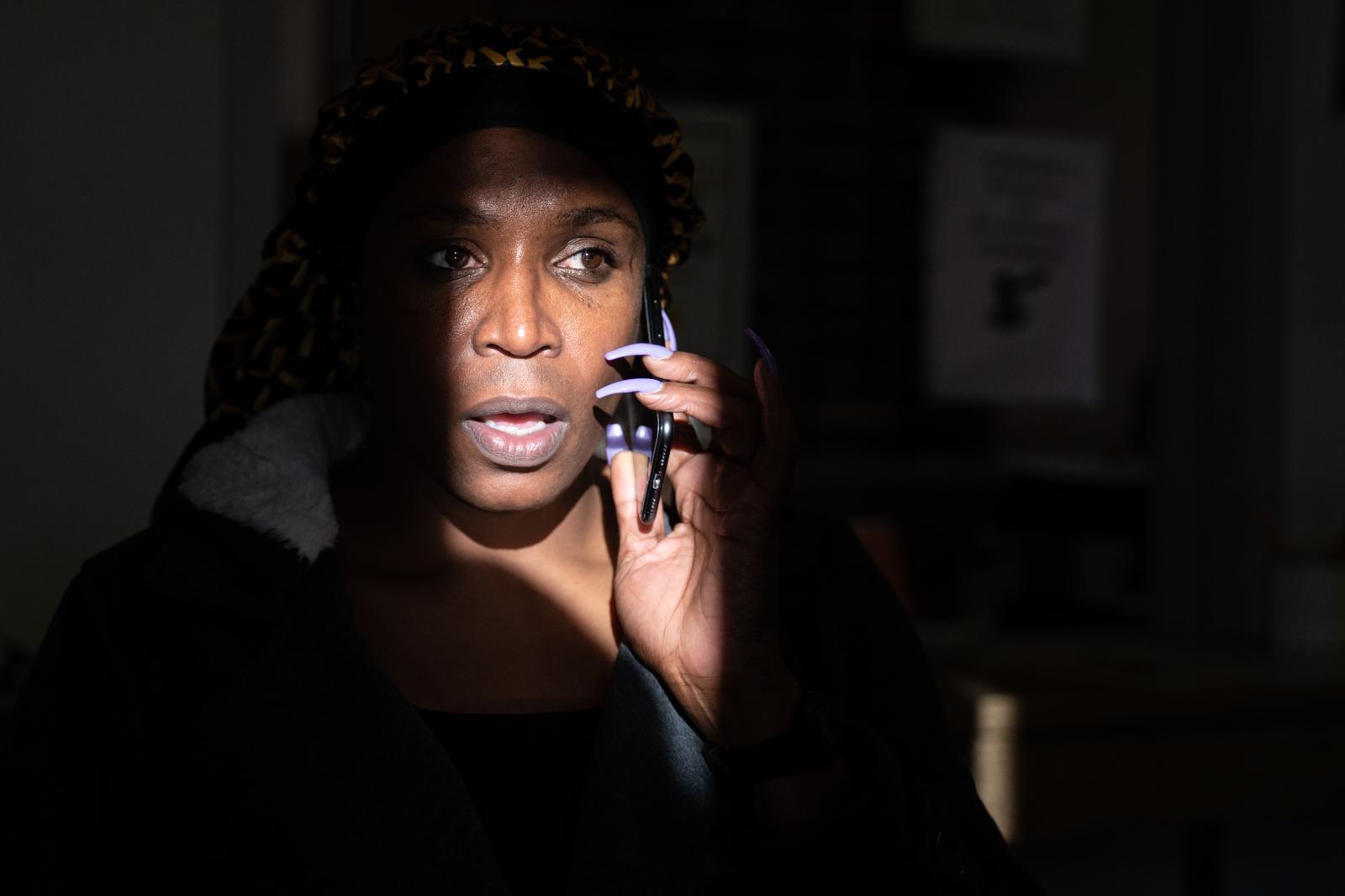
Are there any professors you would like to thank who helped you with the project? I’d like to highlight Pat Davison and Chad Heartwood.
Mandana Mahdavi, “ÂME”
(International Center of Photography, New York)
This multimedia project is about children whose parents have been imprisoned. By partnering with Children of Promise NYC, a community-centered organization based in Brooklyn, housed in an old A.M.E. Zion Church, the project undertakes a long-form collaborative approach through visual education, giving the children agency in representing their own stories. Guided by their narratives, the project aims to make visible the impact on children and communities who are the hidden victims of mass incarceration in America.
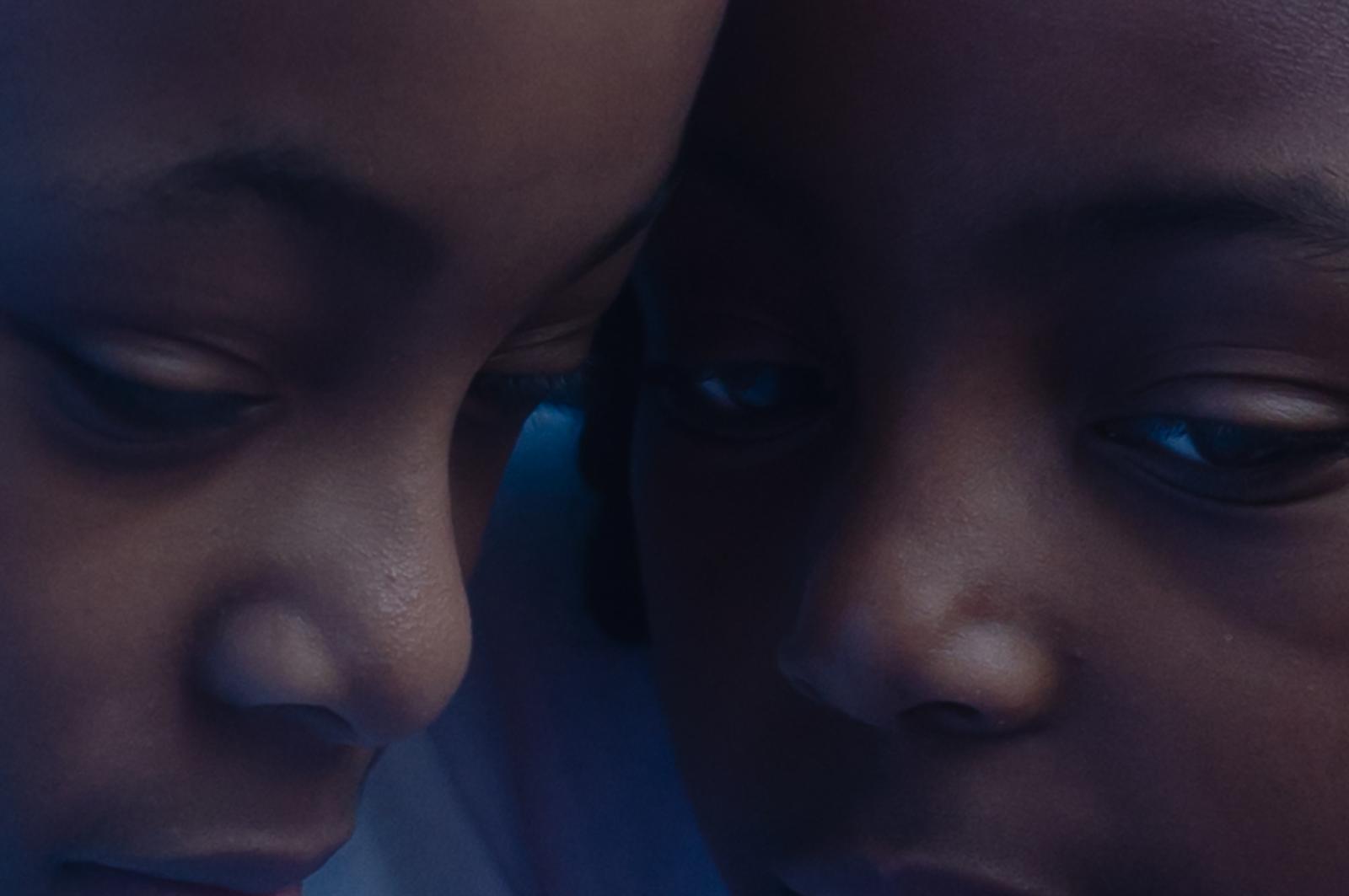
The nonprofit organization, which operates out of an old A.M.E. Zion Church, offers sanctuary to children whose families have been impacted by mass incarceration.
Are there any professors you would like to thank who helped you with the project? Karen Marshall, chair of the Documentary Practice and Visual Journalism program at ICP.